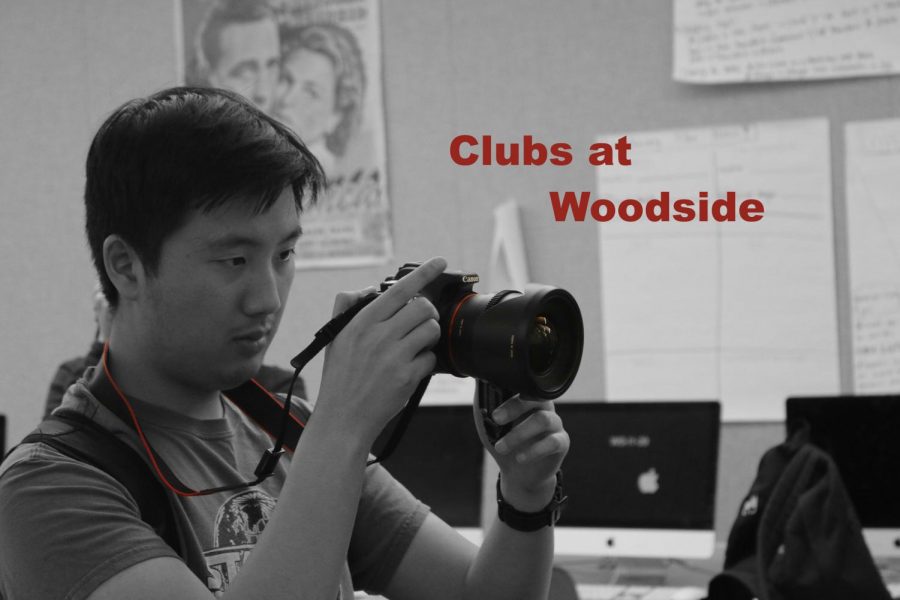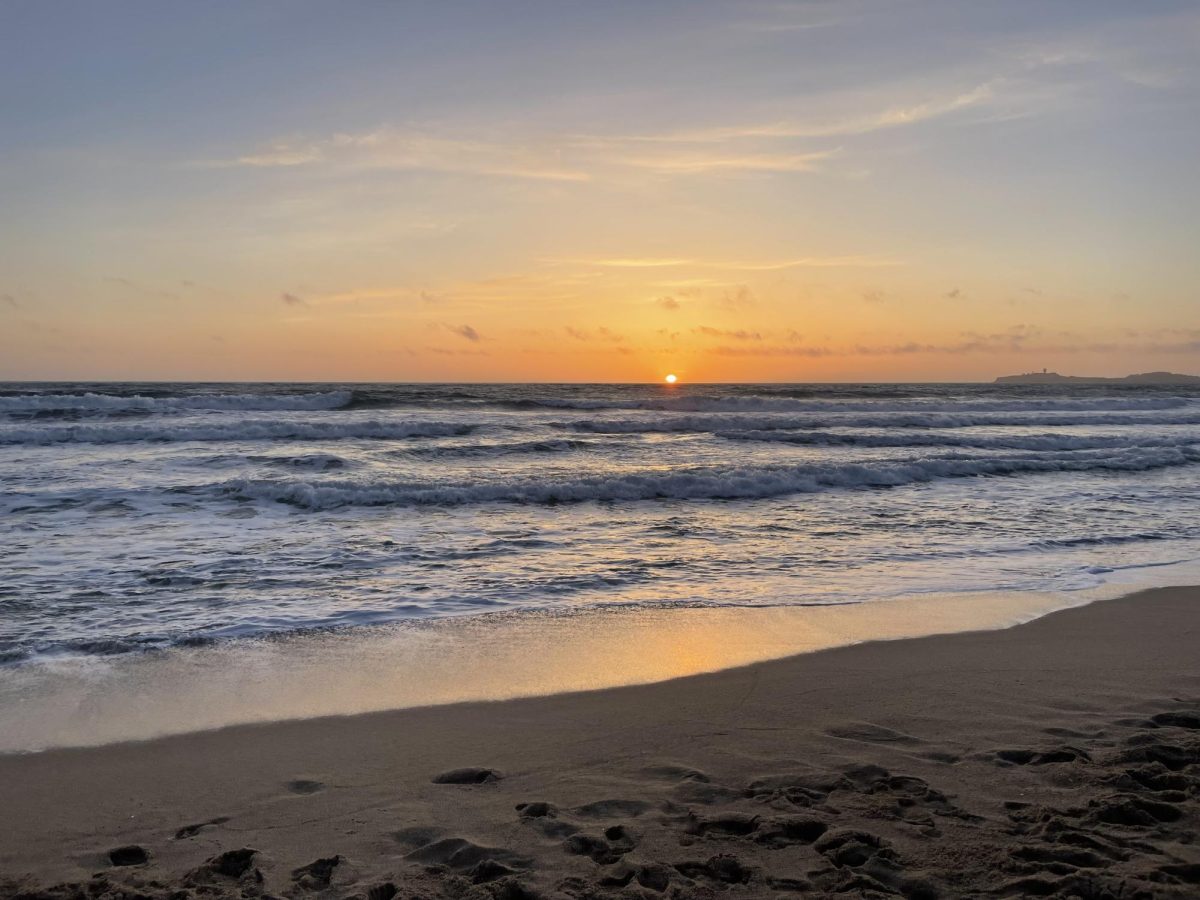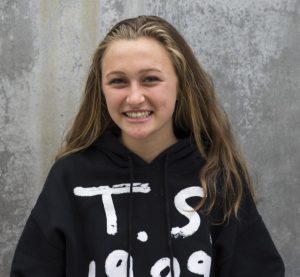Woodside’s large, thriving community of clubs serves a wide variety of student interests and can be a resource for freshmen to ease their transition to high school.
While some freshmen see clubs as a way to bond with their peers and gain access to different opportunities, others have a contrasting view of these organizations. According to a Woodside Paw Print survey, about 75% of students agree that clubs did not ease their transition to Woodside as a freshman.
Freshman Sophia Trikas does not participate in any clubs on campus and states, “The community is affected because these clubs allow people to claim a more active role in the community, [however], maybe the clubs don’t actually play an active role because they don’t involve all of the students.”
Trikas’ point is proven, with less than 35% of Woodside students actually participating in a club, according to a Woodside Paw Print survey. While Trikas is not active in the club scene, some freshmen quickly merge into new clubs as soon as the school year starts with the hope of finding a sense of community in a large, unfamiliar school.
Freshman Gabby Melamed shares that she thinks that the “Woodside community is affected by its clubs because the clubs create a smaller community within for people to bond with.”
Similar to Melamed’s thought, many clubs, like Magic Card Club, or the Classical Music Club, cater to specific interests. Others, such as the Dreamers Club or the Octagon Community Service Club, focus on specific social and political issues.
Melamed appreciates how clubs help her play a more active role in her community, adding, “I’m involved in the Pink Ribbon Club because I really like the purpose of it and the people in it are very nice.”
In contrast to Melamed, clubs at Woodside are just an appearance for some people. For example, colleges take into account high school extracurricular participation when considering applicants, and many students see clubs as a valuable addition to their resume.
Kaylinn Shade, a Woodside freshman, admits, “I’m only in Octagon Club because it looks really good for colleges, [but] I also like to help others.”
While clubs at Woodside are advertised to soften the blow of the tough transition into Woodside, clubs are not the only factor in the freshman transition.
Shade explains, “The clubs didn’t really help my transition— it was more the people at Woodside that helped me. All my friends and new people I’ve met have really helped me transition from a school of 900 to over [1,800] students.”
Taking a different stance than Shade, Trikas understands the importance of an engaged community, represented by clubs.
“I did feel like the clubs offered a greater feel of inclusiveness to the school and my transition was easier knowing that if I needed, I had somewhere to go to relieve my stress,” she claims.
With a diversity of clubs on campus, freshman have many paths to choose from. Whether clubs are their first priority, most students find a passion to ease them into Woodside.
Freshman Sophia Nangle concludes, “I think Woodside is affected by its clubs because of the way they bring people together. Although some might not join any clubs, the ones who do have a greater chance of meeting new friends and looking good on college applications. Overall, clubs at Woodside shape our school and impact the future [of] students at Woodside.”





